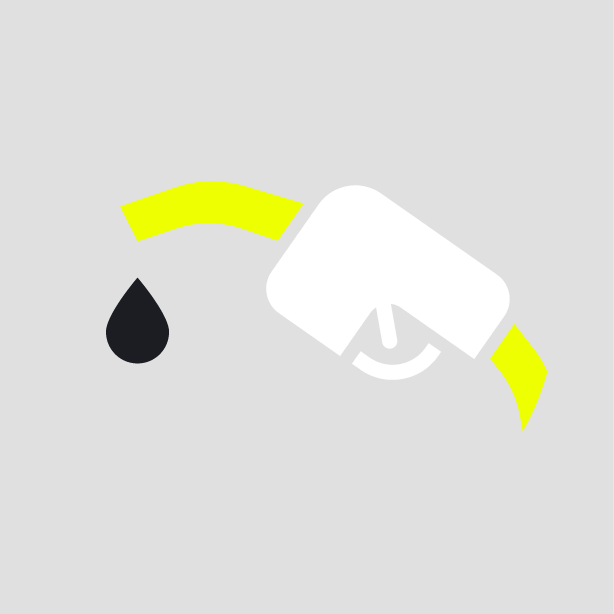-
What happened?
During a routine offshore well intervention for replacement of an electrical submersible pump (ESP), a hydrocarbon release occurred lasting 3 mins at the workover rig floor.
Instructions were given to secure the well and to start the oil clean-up.
The well was considered safe after being observed for a period.
Water re-circulation was started inside the production string. During this activity, combustion occurred under the rig floor, followed by a fire encompassing the workover rig and platform.
The platform was shut down and evacuated immediately.
Five workers were recovered injured, and a crane operator was discovered dead on the crane platform.

-
Why did it happen?
There was oil on the platform main deck due to the hydrocarbon release.
There was gas under the derrick floor due to circulation with open blowout preventer (BOP) since the ESP electrical cable and control line did not ensure BOP sealing.
The presence of hydrocarbons affected the rig floor, main deck, and crane. The impact was worsened by the presence of confined spaces around the rig.
There was no continuous monitoring for explosive mixtures other than a platform fixed gas detector – ESP extraction was considered a low-risk operation.
False confidence in ‘routine’ activities.

-
What did they learn?
Install fixed gas detectors for explosive mixture in workover plant.
Ensure a continuous fill up, detailing this operation in the well program.
Ensure sealing of the annular BOP in presence of an ESP electrical cable and control line, allowing the safety fluid circulation through well control equipment. Include this in the procedures.
Ensure that workers have access to appropriate tools and equipment to complete BOP sealing.
Ensure suitable and safe escape from the crane cabin.
Confirm that risk assessments for simultaneous operations (SIMOPS) include plant layout associated with risk related to the presence of explosive mixture and fire protection measures.

-
Ask yourself or your crew
What monitoring systems do you have on site for explosive mixtures?
Are lower risk activities treated with less care/concern than higher risk ones? Should they be?
Do you have all the equipment and PPE you need to perform your tasks safely? What should you do if not?
What should you do if a fire occurs on our site?
What is our escape plan in case of an incident? Are all the escape routes marked and accessible in an emergency?

Add to homescreen
Content name
Select existing category:
Content name
New collection
Edit collection
What happened?
During a routine offshore well intervention for replacement of an electrical submersible pump (ESP), a hydrocarbon release occurred lasting 3 mins at the workover rig floor.
Instructions were given to secure the well and to start the oil clean-up.
The well was considered safe after being observed for a period.
Water re-circulation was started inside the production string. During this activity, combustion occurred under the rig floor, followed by a fire encompassing the workover rig and platform.
The platform was shut down and evacuated immediately.
Five workers were recovered injured, and a crane operator was discovered dead on the crane platform.
Why did it happen?
There was oil on the platform main deck due to the hydrocarbon release.
There was gas under the derrick floor due to circulation with open blowout preventer (BOP) since the ESP electrical cable and control line did not ensure BOP sealing.
The presence of hydrocarbons affected the rig floor, main deck, and crane. The impact was worsened by the presence of confined spaces around the rig.
There was no continuous monitoring for explosive mixtures other than a platform fixed gas detector – ESP extraction was considered a low-risk operation.
False confidence in ‘routine’ activities.
What did they learn?
Install fixed gas detectors for explosive mixture in workover plant.
Ensure a continuous fill up, detailing this operation in the well program.
Ensure sealing of the annular BOP in presence of an ESP electrical cable and control line, allowing the safety fluid circulation through well control equipment. Include this in the procedures.
Ensure that workers have access to appropriate tools and equipment to complete BOP sealing.
Ensure suitable and safe escape from the crane cabin.
Confirm that risk assessments for simultaneous operations (SIMOPS) include plant layout associated with risk related to the presence of explosive mixture and fire protection measures.
Ask yourself or your crew
What monitoring systems do you have on site for explosive mixtures?
Are lower risk activities treated with less care/concern than higher risk ones? Should they be?
Do you have all the equipment and PPE you need to perform your tasks safely? What should you do if not?
What should you do if a fire occurs on our site?
What is our escape plan in case of an incident? Are all the escape routes marked and accessible in an emergency?
During a routine offshore well intervention for replacement of an electrical submersible pump (ESP), a hydrocarbon release occurred at the workover rig floor. The well was considered safe, but on restart, a combustion occurred under the rig floor. Five workers were recovered injured, and a crane operator was discovered dead on the crane platform.
















